What companies manufacture PA systems?
PA systems can be divided into two basic categories: There are active PA systems, in which the power amplifier and speaker(s) are housed in the same cabinet, and there are passive PA systems, in which the power amplifiers and speakers are implemented as separate, individual components. In addition, there are also specialised PA system types that are optimised for specific areas of application.
The most well-known brands in the PA systems sector include speaker manufacturers RCF, HK Audio, db Technologies, and the box, as well as power amp manufacturers like Crown, Dynacord, and the t.amp.
Active PA systems
The major advantage of active PA systems is that the power amplifiers are always integrated into the speaker cabinets themselves, which makes these systems easy even for inexperienced users to operate. The power amps and loudspeakers are also optimally matched to each other. These systems frequently come with additional features such as DSP processing (e.g. preconfigured equaliser presets), which allow the active speakers to be perfectly adjusted to match the desired application. As with their passive counterparts, the range of components available for active PA systems also includes full-range speakers and subwoofers. If possible, it is advisable to use speakers that are all from the same manufacturer, rather than combining different brands. Smart solutions here include the Altea 415A7718A Power Bundle from DAS Audio and the active Achat Band Set from the box pro.
Passive PA systems
Passive PA systems are designed along much the same lines as conventional hi-fi systems and assembled from separate components that include power amplifiers and speakers. The advantage of passive systems is that they can be individually configured. A wide range of passive full-range speakers, such as the EV ELX 112 and the box Pyrit, can be combined with power amplifiers like the Crown XLS 1002 and the t.amp e 400 as well as subwoofers like the box pro Achat 108 Sub. However, users should take care to ensure that the individual components are compatible with one another, as the power amplifier or speakers may sustain damage if improperly matched components are operated together. Users should either have a certain basic knowledge of PA systems here, or they can of course call on the experts at Thomann for specialist assistance and advice. Because they can be easily expanded, passive PA sytems are particularly suitable for medium-to-large sized applications and events, i.e. for approximately 300 to 1,000 people. Those who are planning even larger events normally opt for so-called line array systems, but setting up and operating systems of this kind requires an extensive technical knowledge, or at least the services of a trained PA engineer.
Column PA systems
So-called column PA systems are another popular solution. These extremely compact systems are generally active and comprise multiple small-sized speakers. Their small design envelope makes these systems ideal for mobile use and for applications where space is restricted. What is more, setting up and dismantling these systems is child's play, and can easily be handled by one person on their own. Well-known models in this category include the Bose L1 Pro16 and the box pro TL series.
Battery-powered speakers
Battery-powered PA speakers come into their own in applications where the users needs or wants to be independent of mains power. These systems, which are always active, often include additional features such as an integrated mixer or a Bluetooth interface, and they are ideal for use on the go and for users like mobile DJs and street musicians. The Proel V12 free, for example, includes a handy trolley function, while the box MBA 120W MKII HTPT even comes complete with a matching wireless microphone.

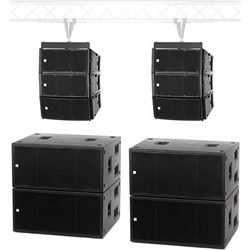
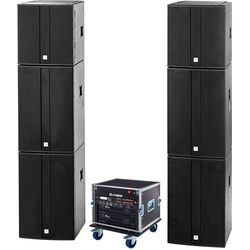
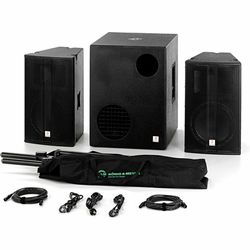
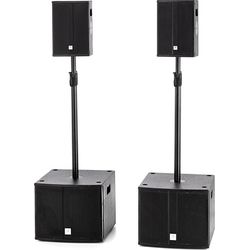
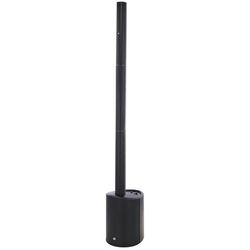
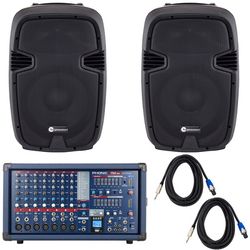
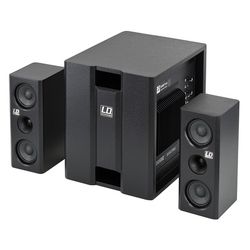
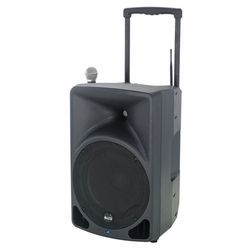
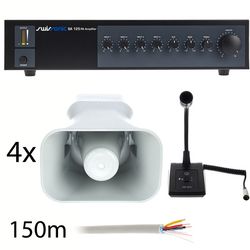



)
)